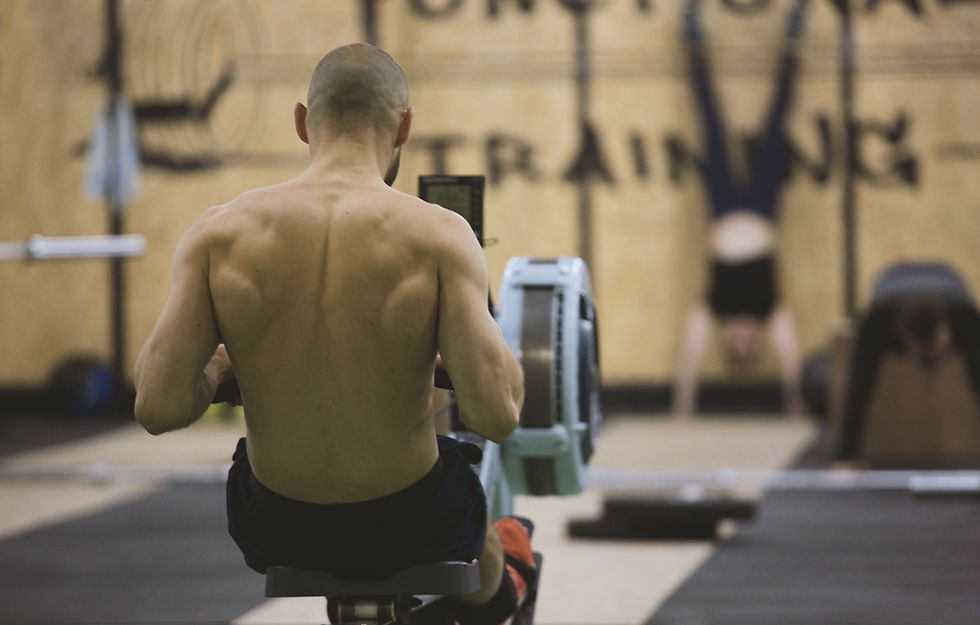
When building a fitness programme, it's important to understand the body in its multiple planes of movement. That is to say, the directions in which we function and can produce force.
These functional movement patterns are the foundations to the way we move in our daily lives, and come in the form of 7 key patterns: push, pull, squat, hinge, lunge, twist, and gait.
A well-rounded and healthy fitness programme will include all of these patterns. In this series, I examine each of these patterns on their own. This post will look at the pull pattern.
What is the 'Pull' Pattern?
Along with the push pattern, the pull pattern is something we would struggle to live without. Pulling helps us open things or pick things up. In all pulling scenarios, we are bringing something toward us.
When performing the pull pattern, the primary muscles usually engaged are:
The latissimus dorsi muscles (primary back muscles)
The rhomboids (middle back muscles)
The trapezius muscles (upper shoulder/neck muscles)
The hamstrings (rear thigh muscles)
The biceps (front upper arm muscles)
How can I train the PULL pattern?
Here are some examples of pulling exercises:
Pull/chin up
Standing/seated row
Lat pulldown
Lateral raises
Flyes
Reverse flyes
Hamstring curls
Bicep curls
Cable crunch
Unilateral (one-armed) pulling exercises
WHAT's the best PULL exercise?
As tough as they are, pull ups and chin ups are incredibly effective at building strength in the back muscles and biceps. I would recommend training one of the two at least once a week. If their bodyweight versions are too tough, some gyms have an assisted pull up machine that are great for learning the movement pattern. Alternatively, the lat pulldown is also a good alternative which gives you more control over the amount of weight you need to lift.
A variation of a rowing movement (e.g. a barbell bent-over row) should also be a staple of your programme as it's very good for building strength in the middle of the back and the lats, as well as a deadlift variation (although firstly, this should be alongside another pull exercise rather than instead of as it's a different functional pattern; and secondly, these may not be beneficial to people with back problems). Bicep curls and lateral raises are also highly effective isolation exercises for targeting the front upper arm and shoulder muscles, respectively.
Disclaimer: I am not a doctor or medical professional. The information I provide on this website is based on my personal experience and my experience as a Personal Trainer. Use of this information is strictly at your own risk. In addition, the information provided on this website is not intended to be a substitute for professional medical advice, diagnosis or treatment. Never disregard professional medical advice, or delay in seeking it, because of something you have read on this website. Never rely on information on this website in place of seeking professional medical advice.
Comments